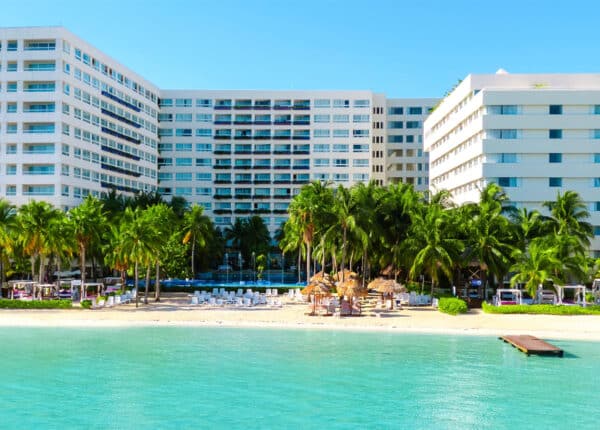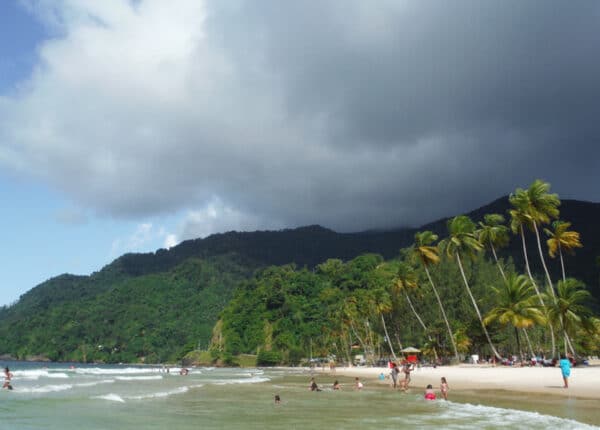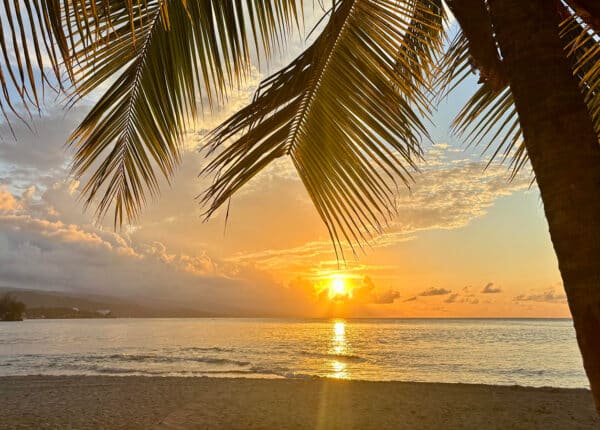By Stephane Vincent
Op-Ed Contributor
THERE IS a bit of irony in the fact that June 5, 2014, World Environment Day, fell on a Thursday.
In the social media sphere, there is a popular hashtag, #ThrowbackThursday, also referred to as #TBT, on networks such as Twitter, Tumblr, Facebook and Instagram.
Throwback Thursday is a weekly trend that consists of postings, usually pictures, by users reminiscing of past events; the particular content may date from years or from just a few days prior.
Appropriately, on this Thursday, World Environment Day 2014, it was time to look at Haiti’s past to understand the challenges that it faces today.
Growing up in Haiti, I remember clearly the praises being sung in the classrooms of Saint Louis de Gonzague about our country, once called the Pearl of the Antilles.
We boasted, rightfully so, about our clean environment that once stood as the ultimate Caribbean destination for a breath of fresh air.
Today, this old Haiti with which most of us are still infatuated, or at least, its antique reputation that we strive to hold so pridefully, would now fit perfectly into the #ThrowbackThursday section of today’s social media feeds.
Sadly, this #TBT Haiti is no longer, and we must do what it takes to bring it back. Environmental sustainability should be the starting point.
In development economics, natural disasters are defined as the intersection of natural hazards and social systems.
Haiti, like most developing countries, is disproportionately affected by natural disasters. In 2004, hurricane Jeanne ravaged the nation and left 3000 people dead.
On the Jan. 12th, 2010 earthquake, I experienced firsthand the ravaging impacts of shoddy infrastructure and the hazard of tectonic plate shifts.
Each year during the rainy season, Haiti experiences numerous floods that destroy crops and negatively impact household income. There are valuable lessons to be learned from these disasters.
Based on my experiences in Haiti, I believe that we must educate the population on the risks of natural hazards and start building a culture of prevention, safety and sustainability at core levels.
An assessment of Haiti’s adaptive capacity leads us to two main components: vulnerability and resilience. Due to poor infrastructure, lack of effective zoning codes, and a fragile environment, Haiti has always been susceptible to major losses.
Additionally, Haiti has very low resilience — the capacity to spring back from a disaster. One of the reasons for Haiti’s low resilience is the struggle of farmers in the countryside to find cultivable land plots due to deforestation and erosion that consequently affects agricultural outputs.
Environmental degradation is a key factor of rural poverty, especially in households that rely on farming for household consumption and entrepreneurial activities.
DEFORESTATION has plagued Haiti for years and it remains the principal cause of Haiti’s high vulnerability and low resilience.
Even today, wood continues to be the main source of energy, accounting for over 70 percent of the country’s energy consumption as far back as 2006.
This results in an increasing deforestation rate with an estimated 6000 hectares of soil lost yearly to erosion.
Currently, less than 2 percent of Haiti’s land is forested.
The loss of all of its trees amplifies how dramatically earthquakes, hurricanes amongst other natural disasters impact the country.
Without trees holding the soil in place, urban areas are vulnerable to flooding and mudslides.
For example, the Tabarre area of Port-au-Prince, home to the American Embassy, is impassable when it rains.
Without a doubt, the Haitian government must make environmental policy an absolute priority. For what is sustainable development without environmental justice?
The implementation of sound and effective environmental policies can reduce the human and economic costs of natural disasters. Furthermore, it can also increase resilience, and enable swift economic recovery from natural disasters.
On the occasion of World Environment Day, the Haitian government and the country’s youth, both locally and within the diaspora must make a commitment towards rehabilitating our environment. World Environment Day is a call for action.
Haiti’s young people are intelligent and resourceful. And with the right programme, they can lead the environmental justice movement that will drive sustainable development for our beloved Haiti.
I strongly believe that youth is the driving force for change.
It is essential for the government to create a Youth Environmental Corps. The newly formed corps of young people can play a major role in creating environmental awareness, encouraging community service, and building a renewed commitment toward environmental issues.
The implementation of the newly formed environmental corps will give rise to a new generation of critical thinkers and leaders who will contribute to sustainable and equitable development.
Moreover, the youth would earn the opportunity to be included in governance, planning, and decision making in environmental affairs. Youth inclusion is valuable and essential in addressing public policies. We, the youth, are the future of Haiti and giving us a voice is to believe in that future.
We must not fail to realize that environmental degradation is one of Haiti’s foremost ongoing threats.
It is not too late to come together and launch an ambitious environmental agenda.
On the occasion of World Environment Day, let us make anew our commitments towards environmental justice in Haiti. Let’s reclaim this #TBT Haiti from the past and project its rebirth into the future.
Stephane Vincent is a British Council Global Changemaker, currently studying Digital Communications and Media with a Politics Minor at New York University.
Note: the opinions expressed in Caribbean Journal Op-Eds are those of the author and do not necessarily reflect the views of the Caribbean Journal.







